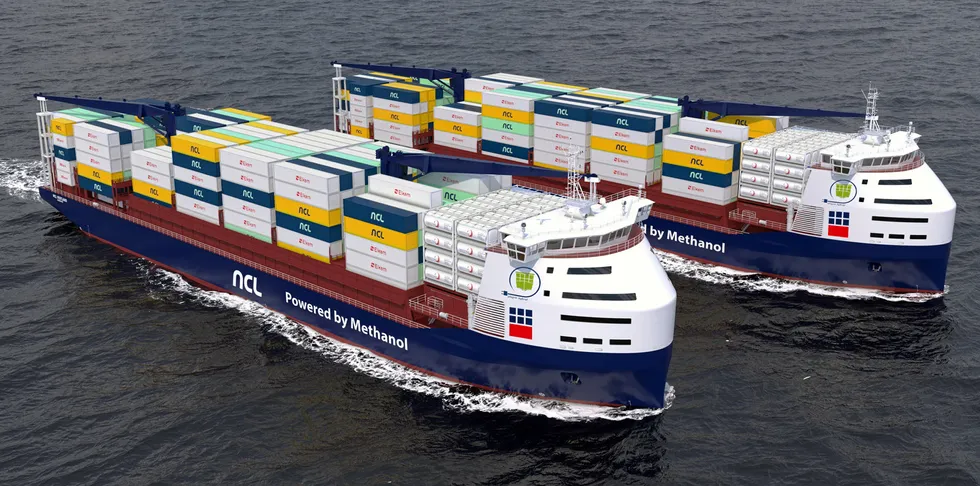'Intolerable risk' | Methanol winning the hydrogen shipping race as new studies highlight dangers of ammonia at sea
Ammonia derived from green hydrogen has been touted as the most likely clean shipping fuel of the future, but shipbuilding orders show that another H2 derivative, methanol, is currently preferred
